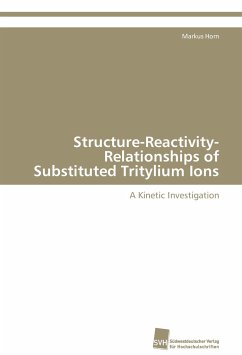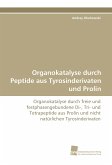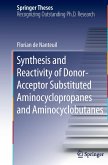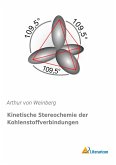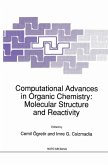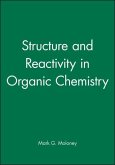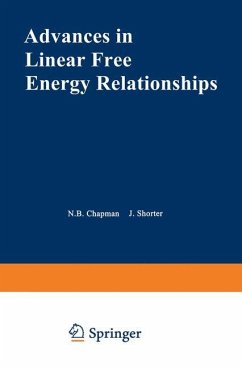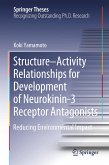For any chemical reaction, the questions of the reaction path ("What will happen?") and the thermodynamics ("To what extent will the reaction occur?") are joined by a third important aspect: the kinetics ("How fast does the reaction proceed?"). In 1929, the terms "electrophile" and "nucleophile" were introduced for organic species characterized by a lack or surplus of electrons, respectively. Since then, it has been a major objective of organic chemists to numerically quantify reactivities. The linear free energy relationship log k = s(N + E) - developed by Mayr in 1994 - seeks to help scientists to get a feeling for chemical reactivities. The parameters s, N, and E allow the calculation of bimolecular rate constants k, which offer the practical design of new synthetic strategies. The present work deals with triphenylmethyl cations and their precursors. This class of organic compounds finds applications throughout the whole field of organic chemistry: Substituted tritylium ions are employed as protecting groups, hydride acceptors, and initiators in cationic polymerizations. Their characterization by reactivity parameters can therefore be considered as a helpful contribution.
Bitte wählen Sie Ihr Anliegen aus.
Rechnungen
Retourenschein anfordern
Bestellstatus
Storno

